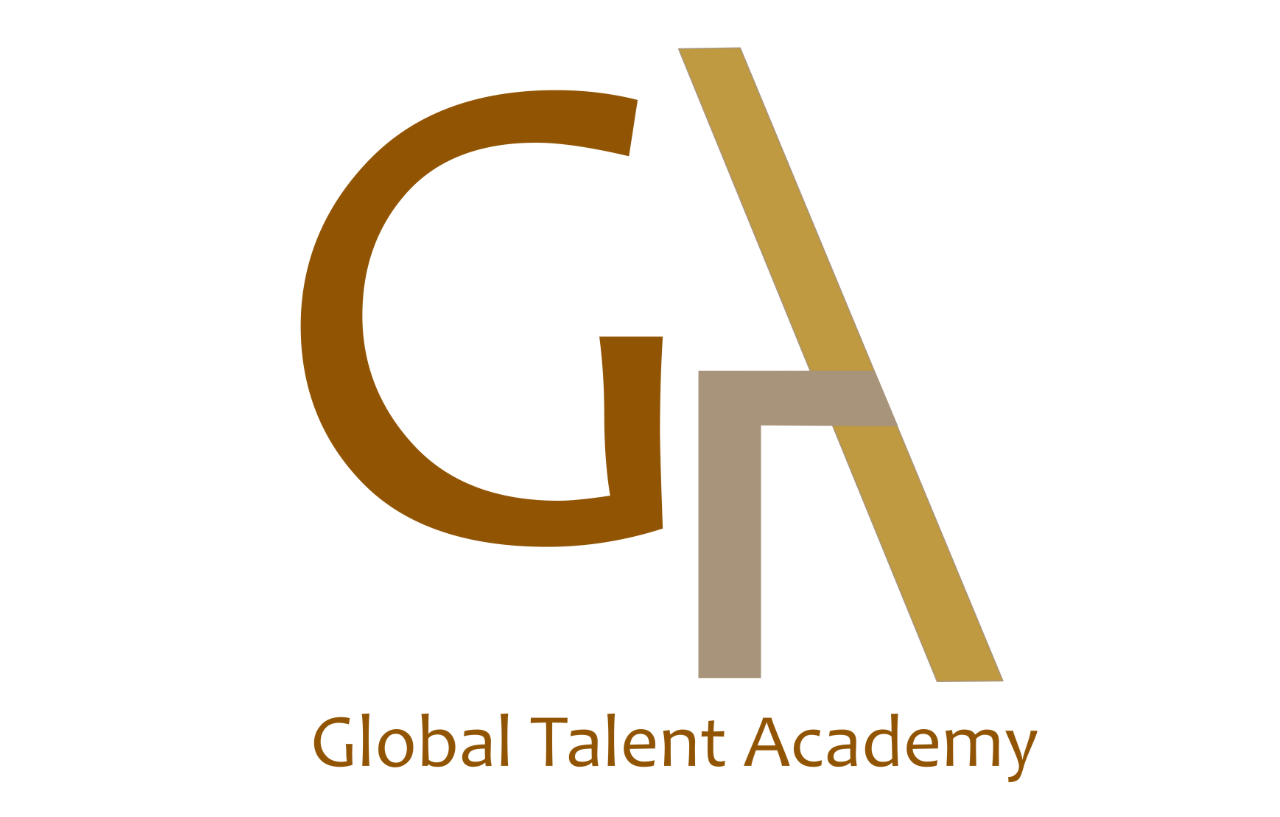In our efforts to include, we end up excluding. What can be done here?First, it’s important to allow the individuals from the other culture to bring value to the organization by sharing their views on what they are perceiving from the organizational culture, how people communicate or behave, and what systems are in place. Second, they should be asked to bring values through sharing their own cultural experience and what seems to have worked and allow ideas to flow of how we can integrate both cultures depending on what benefits the business and the people in the organization. This process allows for expression and reconciliation between different cultures. Third and most important is we hire an intercultural coach to support both the receiving and the coming cultures in adapting and integrating together. These three steps above ensure successful intercultural communication and full diversity and inclusion processes. Ely, David A. Thomas & Robin J. 1996. “Making differences matter: a new paradigm for managing diversity.” HBR (September/October). https://hbr.org/1996/09/making-differences-matter-a-new-paradigm-for-managing-diversity#.
Diversity or conversion? what an intercultural coach can do.
Some organizations focus on diversity to say they value fair opportunity and equality. They hire people from diverse backgrounds and prepare them through training and development programs. While diversity may be an addition that can enhance organizational effectiveness, it may also cause many problems due to the one-way communication from the majority of the employees towards the diverse group or multicultural group (Ely 1996). This is exhibited in how an organization tries to align its members to its main dominant culture overlooking or even opposing the diverse cultural background of these employees. It is also exhibited in how an employee is trained and directed on how the system works in this specific organization. The organization does not acknowledge or utilizes the employee’s own cultural experience.




